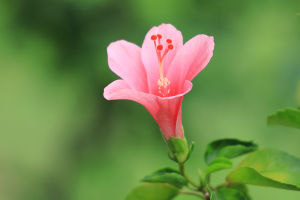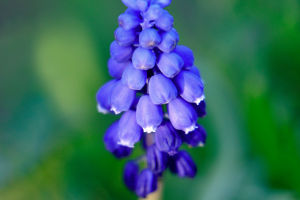Hey Lykkers! Welcome to a journey into the remarkable world of cactus! These unique and resilient plants are more than just desert dwellers, they're an extraordinary example of nature’s adaptability.
Let's dive into some of the most fascinating facts about these spiky marvels.
Diverse Species
The cactus family, scientifically known as Cactaceae, is incredibly diverse, with over 2,000 species found across the Americas. Cactus can be found in a variety of environments, from arid deserts to lush tropical regions. They come in different shapes and sizes, ranging from the small, round barrel cactus to the towering saguaro, which can grow up to 40 feet tall! This diversity allows them to adapt to various climates and ecosystems, showcasing their resilience.
Water Storage Champions
One of the most remarkable adaptations of cacti is their ability to store water. Their thick, fleshy stems are designed to retain moisture, enabling them to survive in arid conditions where water is scarce. Some cactus can hold up to 200 gallons of water in their tissues! This water storage capability allows them to endure prolonged droughts, making them true champions of survival in harsh environments.
Unique Photosynthesis Process
Cactus use a special type of photosynthesis called Crassulacean Acid Metabolism (CAM). Unlike most plants that open their stomata during the day to take in carbon dioxide, cactus do so at night. This adaptation helps minimize water loss during the hottest parts of the day, allowing them to thrive in extreme heat and dryness. During the day, they close their stomata to retain moisture, making their survival in desert conditions even more impressive.
Spines as Protection
While cactus are often adorned with spines, these aren’t just for decoration; they serve a critical purpose. The spines protect cactus from herbivores looking for a meal and also help reduce water loss by providing shade and creating a microclimate around the plant. The sharpness and density of spines can vary significantly among species, offering different levels of protection and adapting to their specific environments.
Flowers That Bloom at Night
Many cactus produce stunning flowers and bloom at night. Night-blooming cacti, such as the Queen of the Night (Selenicereus grandiflorus), open their flowers after sunset, releasing a sweet fragrance to attract nocturnal pollinators like moths. These flowers are often short-lived, lasting only a single night, making the experience of witnessing their bloom truly special.
Symbolic Meanings and Uses
In many cultures, cactus symbolize warmth, protection, and motherly love due to their enduring nature and nurturing habitat. These resilient plants thrive in harsh conditions, showcasing their ability to adapt and survive where many other species cannot. This symbolism of strength and resilience resonates deeply, representing the idea of nurturing and sustaining life even in challenging environments.
Cactus are truly remarkable plants that embody resilience, beauty, and adaptability. From their unique photosynthesis process to their diverse species and cultural significance, cactus have much to teach about survival and thriving in challenging environments. Whether lykkers appreciate them for their aesthetic appeal, their environmental contributions, or their delicious fruits, there’s no denying the fascination surrounding these extraordinary plants.


